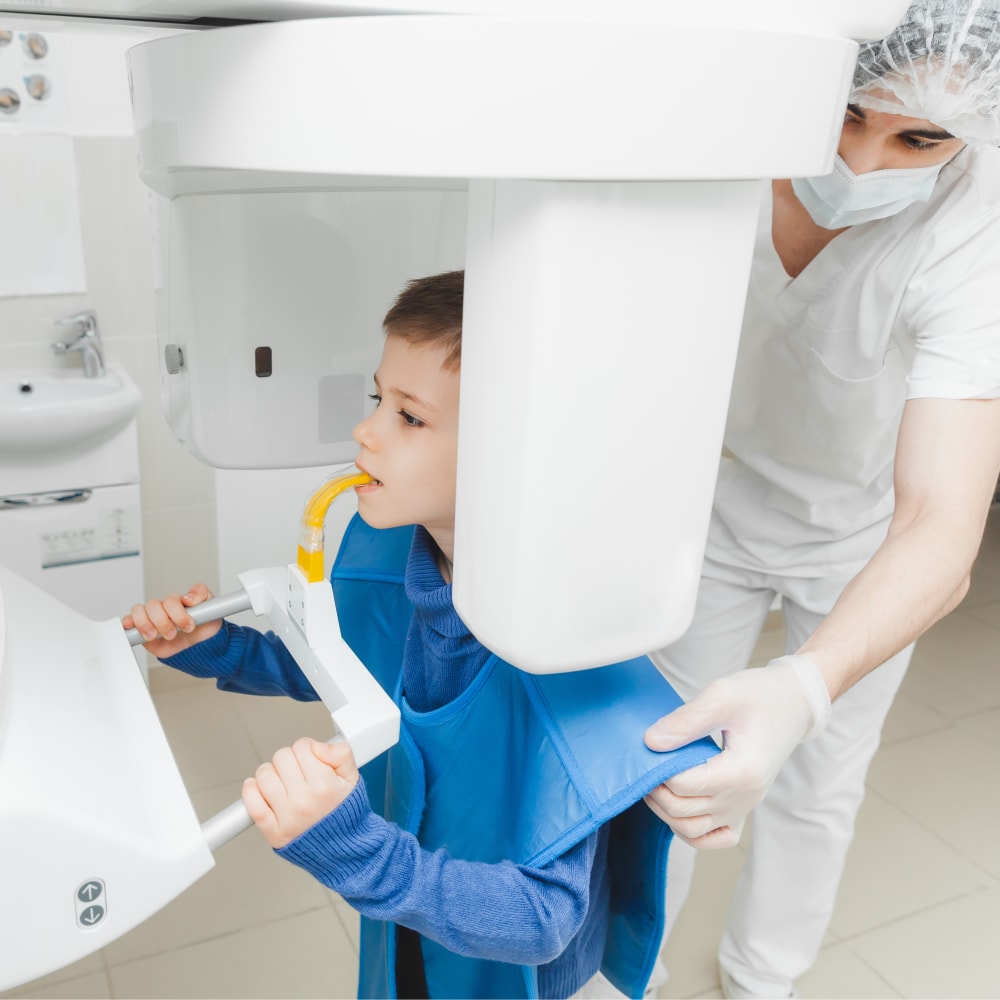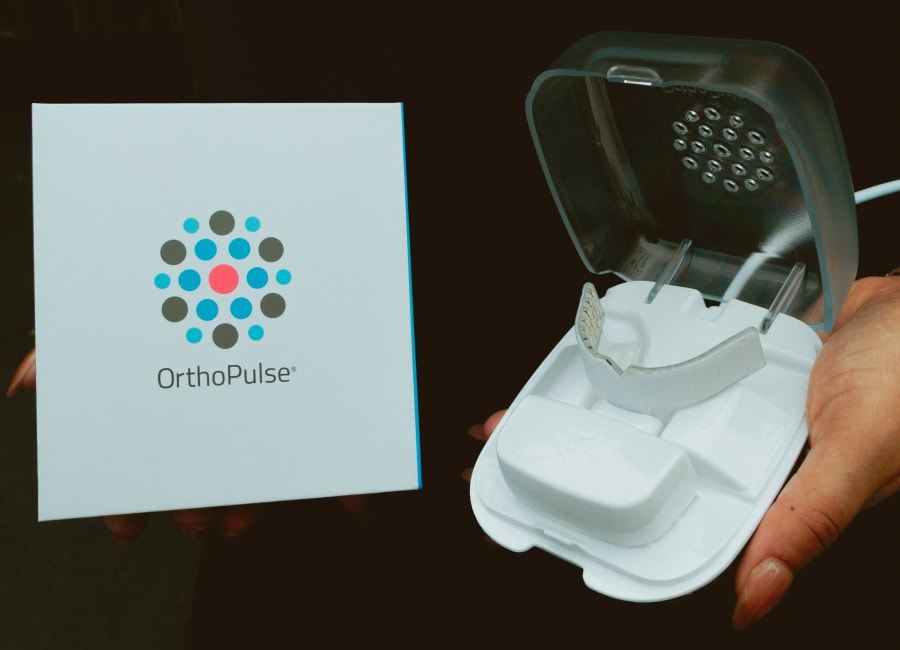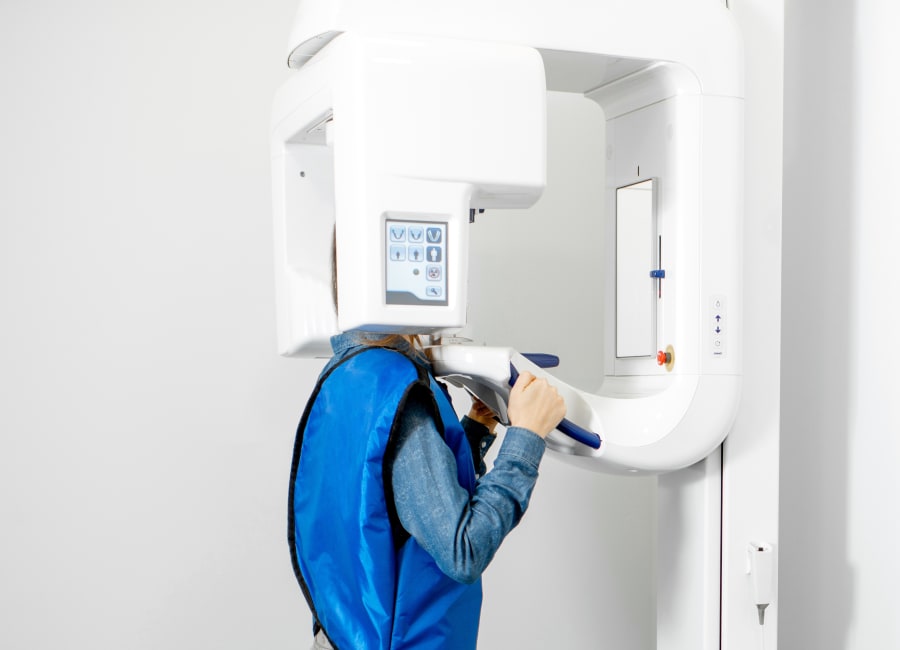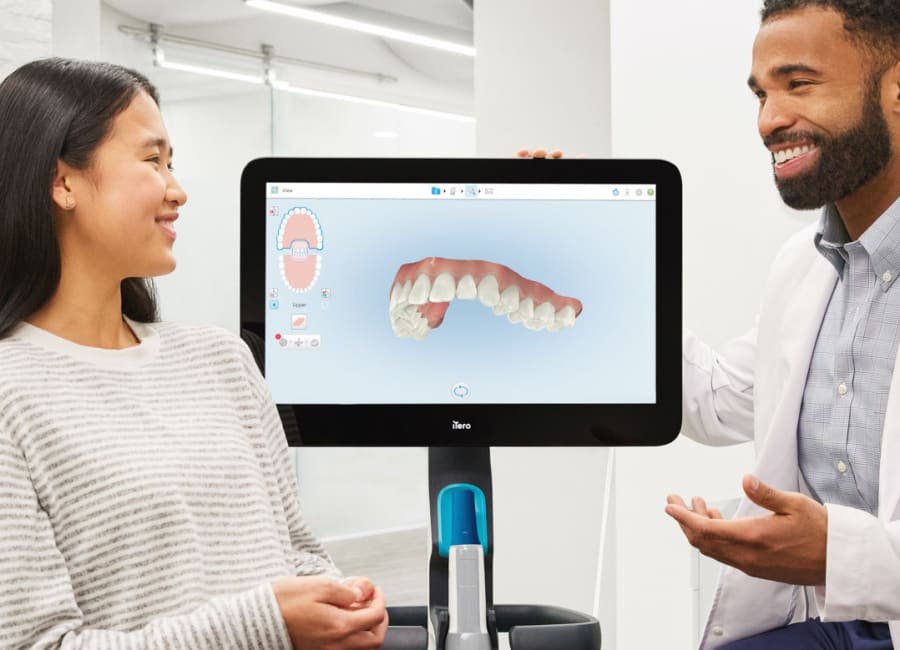The Role of Technology in Orthodontics
At our orthodontic clinics in Seattle and Bellevue, technology plays a role in just about everything we do.
The technology we have in our offices helps us get a better look at your orthodontic issue, both above and below the gum line. Using this technology, we can accurately and specifically diagnose your orthodontic issue, which means you will get the highly customized treatment you deserve in the safest and most effective way possible.
We use technology to develop your treatment plan at the beginning, and then to adjust your plan as needed along the way.
You'll find orthodontic technology at every step of your orthodontic journey, and we will even use it to communicate with you about your condition and how it's going, and even show you your projected results.
Read on to learn more about the types of technology we use most often.

Light Accelerated Orthodontics™
OrthoPulse® is the first device of its kind cleared by the FDA for use with both braces and clear aligners.
When using the device, you place it in your mouth and turn on the lights. The near infrared light emitted operates at a wavelength of 850 nm, which goes through the gingiva mucosa and bone and enters the cells' mitochondria.
Once absorbed, the light helps to increase cell activity, which can promote bone remodelling and facilitate tooth movement. This may reduce treatment time for braces or clear aligners.


Panoramic X-rays
A panoramic X-ray provides a two-dimensional image of your entire mouth, capturing all the teeth, upper and lower jaws, and surrounding structures in a single scan.
Panoramic X-rays are important for assessing the presence or absence of specific teeth and their roots, their structure, their eruption sequence, and their relationship to one another in the jaws. This provides key insights for treatment planning and assessment.
Cone Beam Computed Tomography (CBCT)
CBCT is an advanced imaging technique that uses a specialized X-ray to create high-resolution 3D images of structures and tissues in the craniofacial region. This technology captures comprehensive data from a single scan, enabling detailed analysis and diagnosis of oral health conditions.
The images captured by CBCT allow for more accurate treatment planning, including the assessment of your airway for treating snoring and sleep apnea.


iTero™ Intraoral Scanner
The iTero intraoral scanner is a handheld imaging device. It creates highly detailed, three-dimensional digital impressions of the hard and soft tissues of the mouth.
During the process, you'll be asked to open your mouth as your orthodontist gently moves the scanner to capture detailed images. The 3D model of your mouth is displayed on a screen, helping guide your treatment plan.

 Provider
Provider